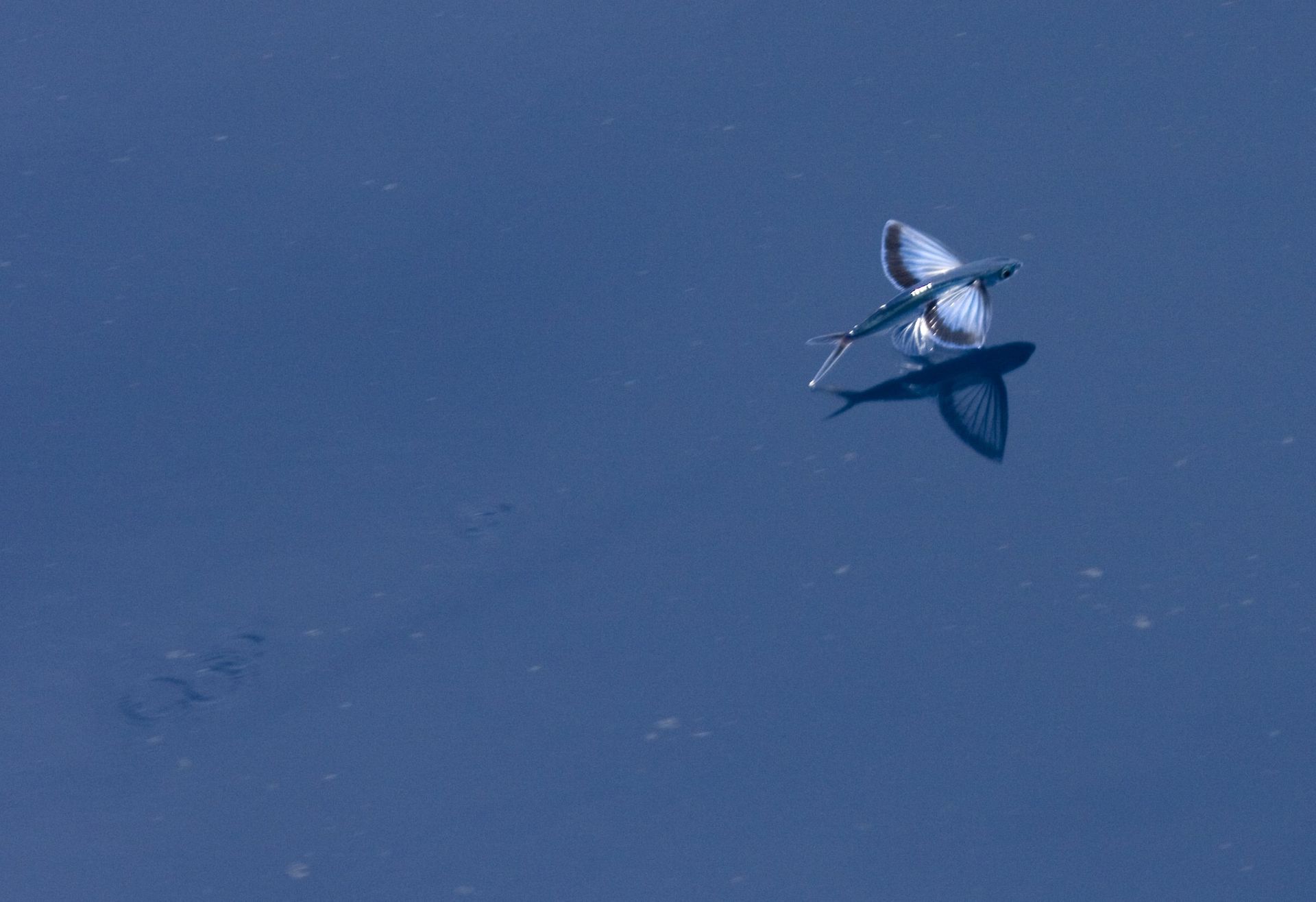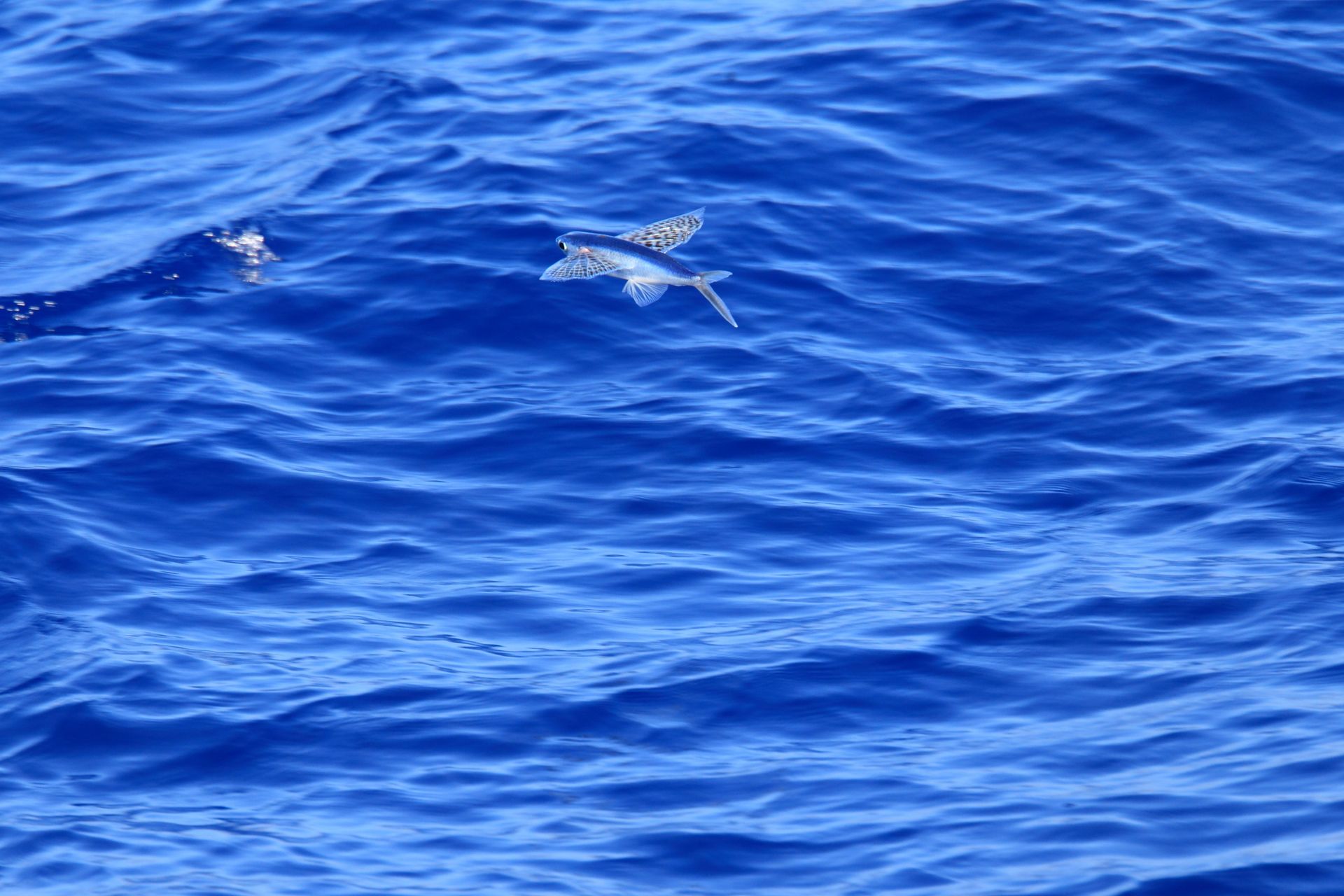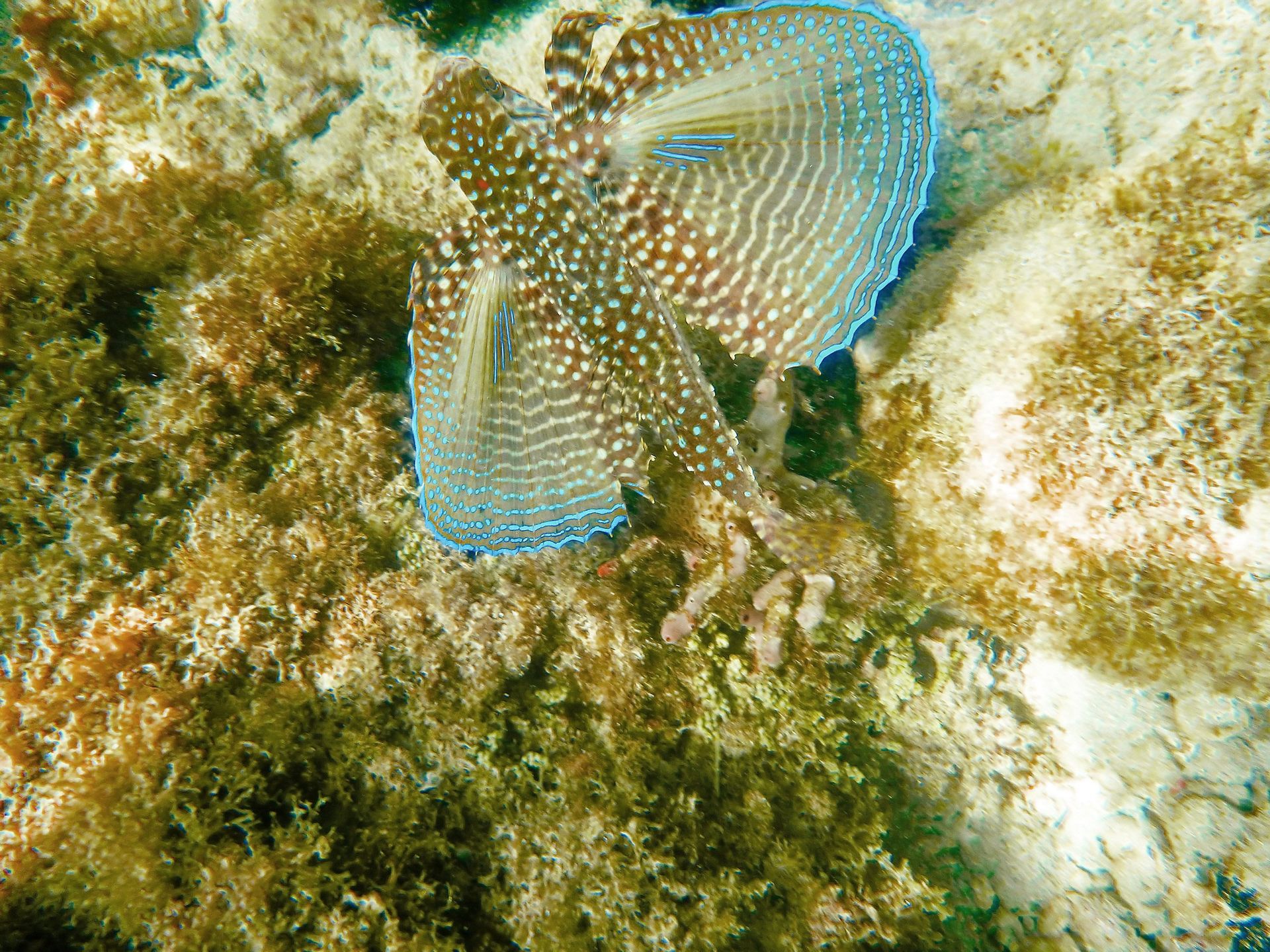Island of CommitmentPlan Through Commitment

Nobo /NOH-BOH/
No
Box
to Innovative Thinking
How to Use Nobo
- Use as a benchmark to think outside the norm
- Dare to be different
- Think laterally
- Expands comfort zones and develops new paradigms of thinking (radical change requires radical thinking)
- Opens up realms of new possibilities and opportunities
- Promotes proactive thought and action
Recommended Path:
1
2
- Listen to Nobo the Flying Fish.
- Record your thoughts and impressions.
- How can you explain the concept of ‘no box’?
- Read through the flying fish facts.
- After reading the animal facts and listening to the song, how could you liken the flying fish to thinking outside the box to accomplish what you set out to do?
- Search your core books for examples of individuals who were given a significant task and received inspiration to do something that may not have been done before.
- What do you learn about Nobo?
- How did their willingness and courage to think and act outside the box bless themselves and others?
- What do your core books teach about your potential and not limiting yourself? How can developing a Nobo attitude open possibilities to help you become who you really are?
4
1. Flying fish live in warm ocean waters around the world. Their torpedo-shaped bodies help them gain enough speed to breach the surface of the water. Large pectoral fins make them airborne.
2. Young flying fish have whiskers near their mouths, giving them the appearance that they are part of the plants, thereby concealing them from predators when they are most vulnerable.
3. The flying fish uses its amazing gliding ability to escape from predators, which include swordfish, tuna, mackerel, and other large fish.
4. Although there are about 40 species of flying fish, all share certain traits. One feature is their forked tails; the lower lobe is longer than the upper lobe. Many also have enlarged pelvic fins, which assist them when they glide.
5. To fly, the fish has to gain an underwater velocity of 56 km/h (35 mph). After it reaches this speed, it jumps 1.2 m (4 ft) above the water and then glides 200 m (650 ft).
6. What else can you learn about flying fish?






